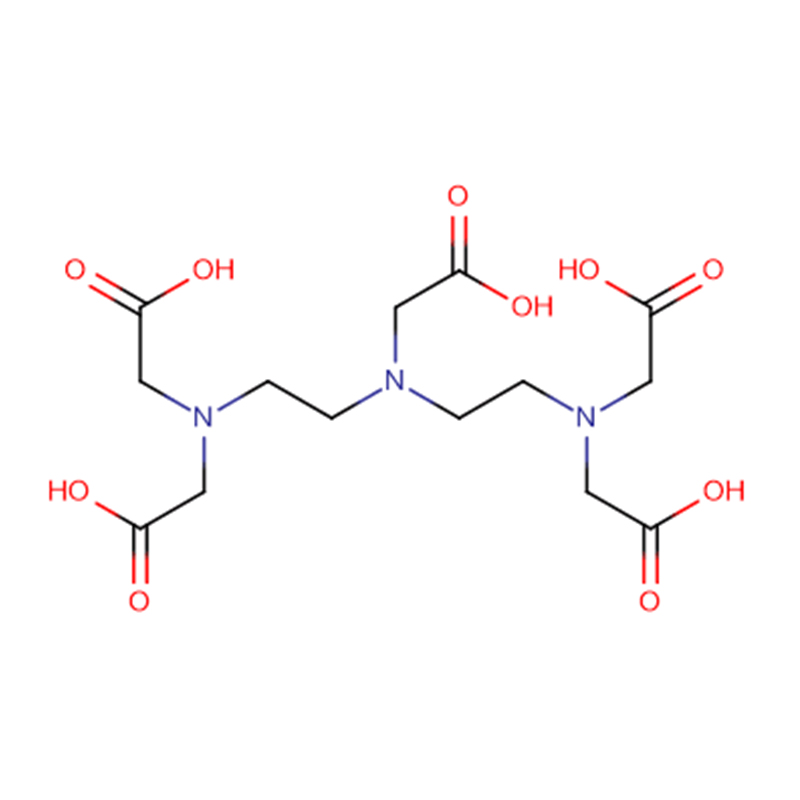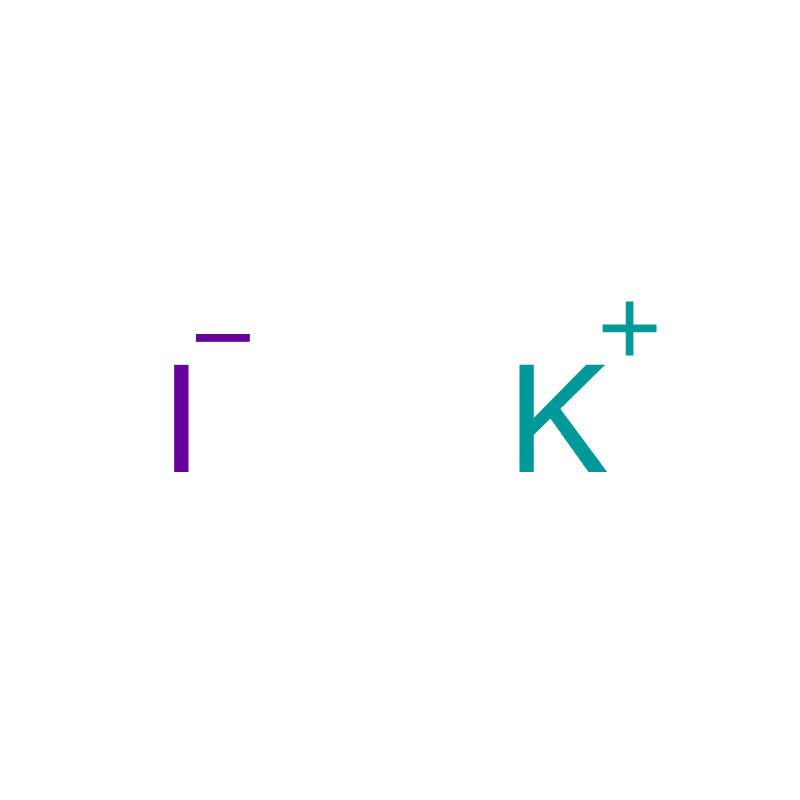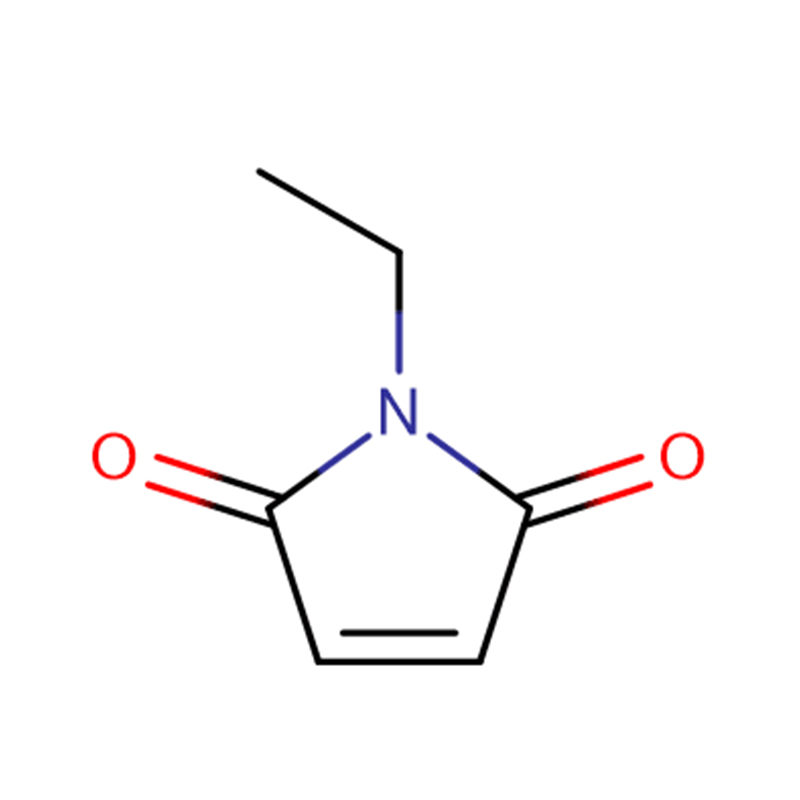Diethylene triamine pentaacetic acid Cas: 67-43-6 99% White crystalline powder
| Catalog Number | XD90220 |
| Product Name | Diethylene triamine pentaacetic acid |
|
CAS |
67-43-6 |
|
Molecular Formula |
C14H23N3O10 |
|
Molecular Weight |
393.3465 |
| Storage Details | Ambient |
| Harmonized Tariff Code | 29224985 |
Product Specification
| Heavy metals | 0.001% max |
| pH | 2 - 3 |
| Fe | 0.001% max |
|
Solubility |
Sparingly soluble in water, 15% solution is soluble in hot water. Soluble in all Alkali |
| Assay | 99% min |
| Sulfated ash | 0.1% max |
| Cl | 0.1% max |
| Appearance | White crystalline powder |
Increased oxidative stress under hyperglycemic conditions, through the interaction of AGEs with RAGE receptors and via activation of interleukin mediated transcription signalling, has been reported in cancer. Proteins modifications are being explored for their roles in the development and progression of cancer and autoantibody response against them is gaining interest as a probe for early detection of the disease. This study has analysed the changes in histone H1 upon modification by methylglyoxal (MG) and its implications in auto-immunopathogenesis of cancer. Modified histone showed modifications in the aromatic residues, changed tyrosine microenvironment, intermolecular cross linking and generation of AGEs. It showed masking of hydrophobic patches and a hypsochromic shift in the in ANS specific fluorescence. MG aggressively oxidized histone H1 leading to the accumulation of reactive carbonyls. Far UV CD measurements showed di-carbonyl induced enhancement of the alpha structure and th e induction of beta sheet conformation; and thermal denaturation (Tm) studies confirmed the thermal stability of the modified histone. FTIR analysis showed amide I band shift, generation of a carboxyethyl group and N-Cα vibrations in the modified histone. LCMS analysis confirmed the formation of Nε-(carboxyethyl)lysine and electron microscopic studies revealed the amorphous aggregate formation. The modified histone showed altered cooperative binding with DNA. Modified H1 induced high titre antibodies in rabbits and the IgG isolated form sera of rabbits immunized with modified H1 exhibited specific binding with its immunogen in Western Blot analysis. IgG isolated from the sera of patients with lung cancer, prostate cancer, breast cancer and cancer of head and neck region showed better recognition for neo-epitopes on the modified histone, reflecting the presence of circulating autoantibodies in cancer. Since reports suggest a link between AGE-RAGE axis and carcinogenesis, glycoxidation o f histone H1 and its immunogenicity paves ways for understanding role of glycoxidatively damaged nuclear proteins in cancer.








